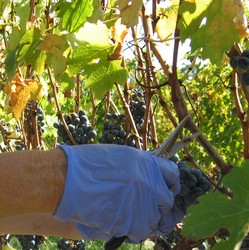Vintage Report 2014
Published on July 26, 2014
Published on July 26, 2014
Before the growing season even started we were in trouble.
In June 2013 we were blessed with 290mm of rain, nearly half of our yearly average. Instead of getting the pruning done we had to cart hay to our cattle through deep mud, dig draining channels and repair flood damage.

The header tank for our dam water suddenly began to tilt with the foundations sinking into the mud. We had to immediately empty the tank, a major problem, as it supplies drinking water to all our cattle paddocks, chook houses, garden irrigation and our toilet. Even more so because access was made difficult through waterlogging.
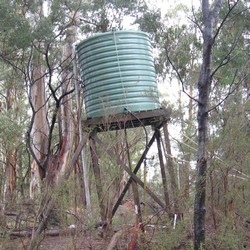
Fortunately the rest of winter was a bit drier and the vineyard was ready for spring just in time.
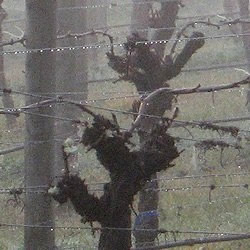
Spring was again very wet and windy with mostly above average temperatures, but a very cold and wet period in November impaired flowering and fruit-set.
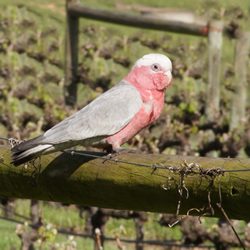
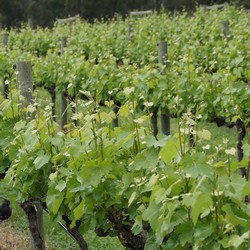

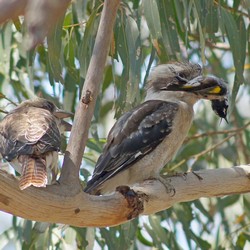
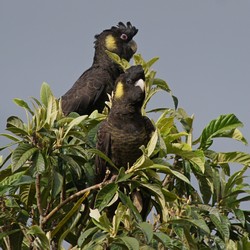


However in December the rain suddenly stopped completely and the lush grass turned brown and dry and became a fire hazard. In January we experienced a record-breaking heat wave which in Gippsland alone killed more than a hundred dairy cows and caused a spike in heat-related deaths. In western Victoria bush fires burnt through 130’000 hectares, destroying homes and killing thousands of sheep.

We didnít have stock losses but even though we irrigated the vineyard daily the grapevines got badly burnt, the chickens panted under shade cloth and water misters and even native wildlife suffered badly.
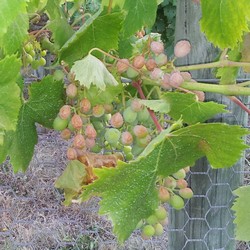


In February a blaze began in the Hazelwood coal mine near Morwell sending a thick stream of acrid smoke over the Latrobe Valley. It burnt for 45 days before it could be controlled and caused major pollution.



To be on the safe side we picked 50kg of the ripest Pinot noir 2 weeks ahead of vintage to do a trial fermentation and look for smoke taint. As all seemed fine we began harvest with the rest of the Pinot at the beginning of March. Shiraz, Merlot and Cabernet franc were picked in perfect condition in early April, but then the weather deteriorated with two weeks of constant rain. Cabernet Sauvignon and Mourvedre had good ripeness but signs of massive Botrytis just began to show and flavours were slightly diluted. Luckily our pickers, in one huge effort, finished vintage in one day, before the grapes could deteriorate further.
Over all a year of extremes, giving us not a bad, but a small vintage.


